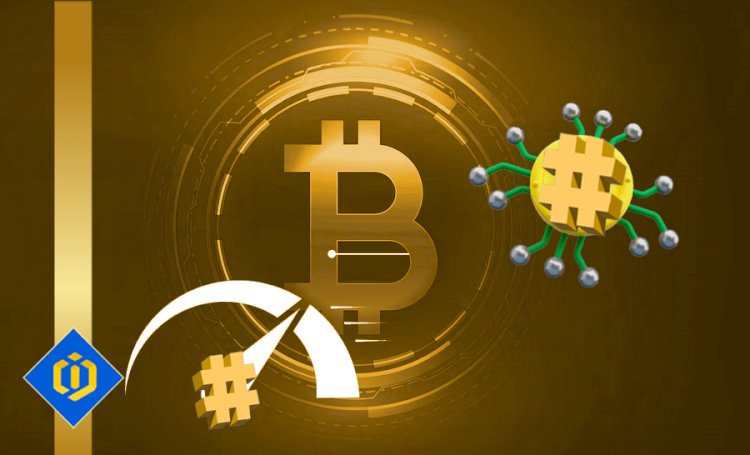Centralization of Wallet Ownership and Hash Rate for Bitcoin

Although Bitcoin was initially intended to be a decentralized currency, questions have been raised about the degree of true decentralization within the network as it has grown in popularity. The concentration of wallet ownership and hash rate is among the most important problems.
The amount of computing power necessary to mine new blocks for the blockchain is referred to as the hash rate. Network security increases with hash rate. However, there are worries about the network's centralization as a result of the concentration of hash rate in a select group of sizable mining pools. The top five mining pools in August 2021 held more than half of the hash rate.
The stability and security of the Bitcoin network may be threatened by this concentration of hashing power. A 51 percent attack could be used by one or more entities that control a majority of the hash rate to take over the network and possibly double-spend coins.
Another issue is wallet possession. Despite being a peer-to-peer currency, a small number of wallets hold a sizable portion of the entire Bitcoin supply. In August 2021, only 2% of wallets held 71% of the total supply of Bitcoin.
The decentralization of the Bitcoin network may be compromised by this concentration of wallet ownership, as a small number of people or entities may be able to manipulate the market through coordinated buying and selling, resulting in price manipulation and volatility.
Another issue is the Bitcoin network nodes' automatic creation of new wallets. Although this feature is meant to make Bitcoin transactions simpler, it has the potential to compromise the network's decentralization. Without the user's knowledge or permission, nodes can automatically create new wallets, which can result in a centralized control of a sizable portion of the wallets.
The prevalence of bot trading and wash trading is another factor influencing the Bitcoin market in addition to these worries. Bots, which are designed to automatically carry out trades based on preset criteria, generate more than 95% of the total Bitcoin trading volume. A sizable amount of artificial trading activity and market manipulation have resulted from this.
Another method frequently used to manipulate the market is wash trading. In order to give the impression that there is trading going on, assets are bought and sold, but the actual ownership of the assets is not changed. It is possible to manipulate prices, create fictitious demand, or artificially inflate trading volume.
And finally, a select few significant exchanges control the lion's share of the Bitcoin market's trading volume. With the power to control prices and market sentiment, these exchanges have a significant impact on the market. Concerns over the market's true decentralization and the possibility of price manipulation are brought up by this power imbalance.
Preventing market manipulation, promoting the adoption of more diverse and decentralized exchanges, and enhancing transparency surrounding trading activity and ownership of Bitcoin are all steps that can be taken to ensure a more decentralized and transparent Bitcoin market. To ensure the long-term stability and security of the network, it is crucial to encourage a more diverse and decentralized network of miners and wallet owners.
Despite the fact that the process of adding new wallets to the Bitcoin network is still largely decentralized, concerns about the market's true decentralization and the possibility of market manipulation continue to exist. The concentration of hash rate and wallet ownership, as well as the prevalence of bot and wash trading, raise concerns about the fairness of the market and the necessity of promoting a more decentralized and open Bitcoin ecosystem.
Author: Pooyan Ghamari, Economist and Blockchain Specialist

 content-team
content-team 














